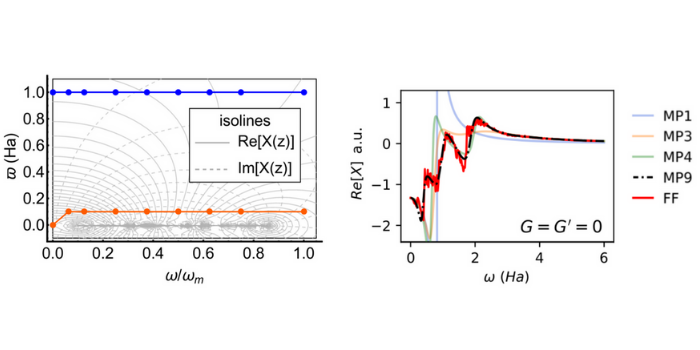MaX paper on Shear and breathing modes of layered materials
Low-frequency vibrations in layered materials involve rigid motions of the layers relative to each other, and are typically classified into layer-shear and layer-breathing modes. When exfoliated into multilayers, the number and frequencies of such modes vary with the number of layers, giving rise to so-called fan diagrams. Some of these modes are accessible through infrared and Raman spectroscopy, and the visible pattern of the fan diagram provides a spectroscopic fingerprint to identify different materials or different stacking sequences. Nonetheless the interpretation of these spectra is not straightforward and typically requires an ad-hoc modelling and symmetry analysis. Here the authors provide for the first time a comprehensive theoretical framework to predict and analyze low-frequency vibrations and their symmetry in multilayers. Even more compelling, these methods are made available for application through an open-source software and even directly with an open-access online tool, with the potential to greatly accelerate the interpretation of experimental results.
This research stems from a collaboration between the University of Modena and Reggio Emilia (Italy), École Polytechnique Fédérale de Lausanne (Switzerland), and the University of Cambridge (UK). It was possible to release an open online tool thanks to the capabilities of Materials Cloud, an open portal developed by MaX and a number of other supporting partners.
The importance and relevance of this work is two-fold. First, it provides a detailed analysis of the pointgroup symmetry, low-frequency vibration spectrum, and the corresponding optical activity of multilayers originating from layered materials in any of the 230 possible 3D space groups and 530 Hall settings known by crystallography. Complete detailed tables are reported in the manuscript; this will allow any researcher to apply these methods to any layered material of interest.
Second, by disseminating the algorithm into an open source software, the authors empower anyone to reproduce and explore these capabilities. They even offer it as an open online tool, that accepts any user-supplied crystal structure and computes on the fly the corresponding fan diagram, including the symmetry-compliant form of the interlayer force constants and the corresponding optical activity of each mode in Raman and Infrared spectroscopy. The tool is available online on the Materials Cloud portal (https://materialscloud.org/work/tools/layer-raman-ir).


